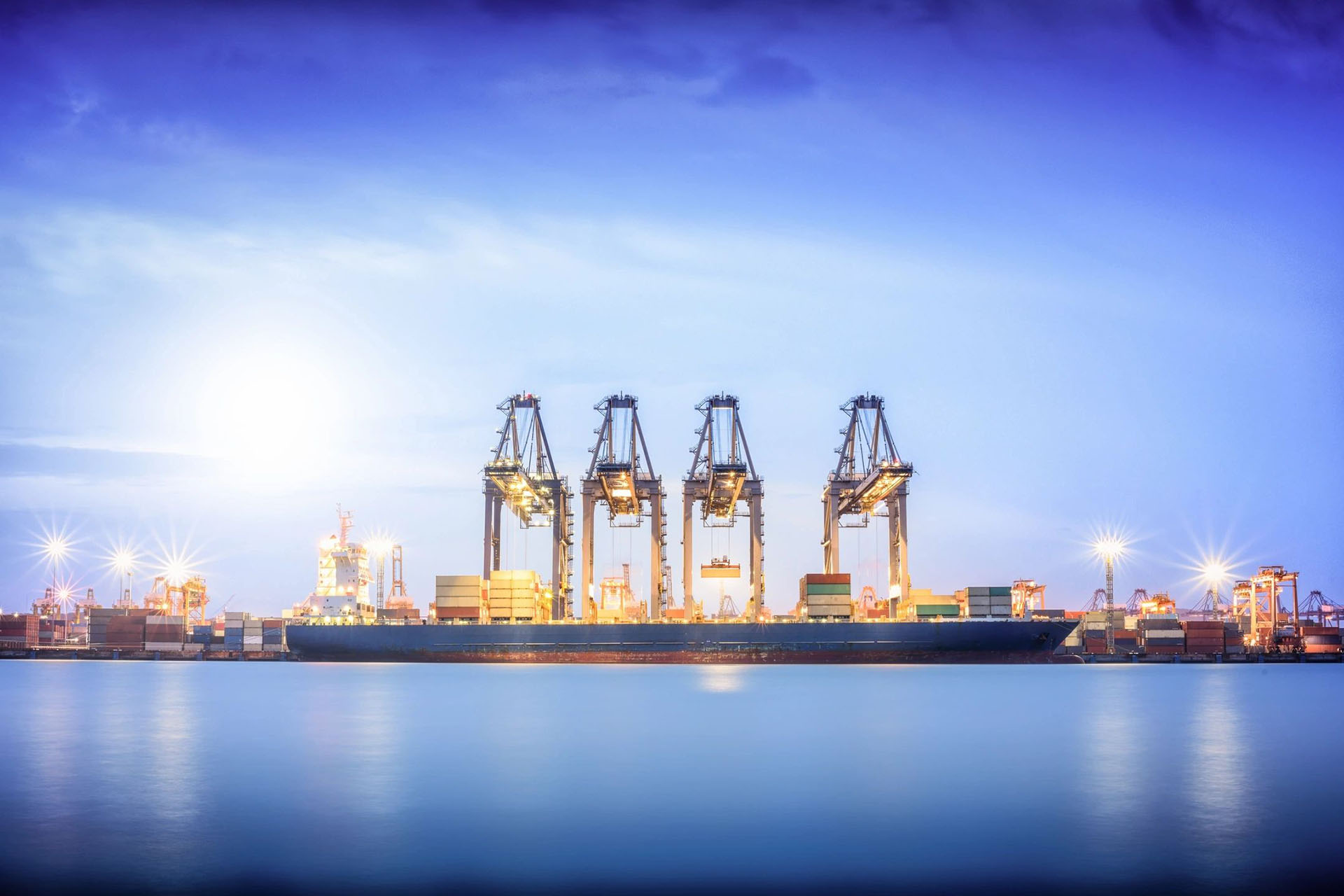
Container Shipping: A Rollercoaster Ride Continues
Published: August 15, 2024
The ocean freight container market has been a rollercoaster in recent years, characterized by unprecedented spikes, subsequent drops, and now, a period of uncertainty. As we navigate the latter half of 2024 and look ahead to 2025, several factors are shaping the industry’s trajectory.
A Year of Unforeseen Challenges
The year 2024 has been a stark reminder of the container shipping industry’s volatility. What began with analysts predicting a sustained period of low rates post-pandemic has dramatically shifted. An unexpected early peak season, driven by factors such as pre-ordering due to geopolitical tensions and potential labor disputes, sent rates soaring. Simultaneously, the easing of port congestion offered a glimmer of hope for a potential rate correction.
However, the question remains: is the market finally returning to a state of equilibrium?
Key Drivers Shaping the Market
Several factors will significantly influence the container shipping market in the coming months and into 2025:
- Geopolitical Landscape: The US elections and potential tariff changes could trigger another round of frontloading and subsequent market fluctuations. Additionally, the looming threat of a labor dispute on the US East Coast could disrupt supply chains and drive up rates.
- Capacity and Supply: While the Red Sea crisis temporarily absorbed excess vessel capacity, the ongoing influx of new builds will eventually increase supply. The question lies in the timing of this increase and its impact on rates.
- Consumer Confidence: The overall economic climate will play a crucial role in determining consumer spending and, consequently, import volumes.
- Decarbonization: The industry is under increasing pressure to reduce its carbon footprint. This will likely lead to investments in greener technologies and alternative fuels.
- Digital Transformation: Technology will play a crucial role in improving efficiency, transparency, and supply chain visibility.
- Reshoring and Nearshoring: Some companies may consider bringing production closer to home to mitigate supply chain risks.
A Cautiously Optimistic Outlook
Based on current trends, the container shipping market is expected to gradually stabilize as we move through the remainder of 2024. With increased supply and easing demand, rates are likely to decline. However, the potential for volatility persists, particularly due to geopolitical events and unforeseen disruptions.
While the market is showing signs of normalization, it’s essential to remain vigilant and adaptable. Carriers are focusing on optimizing their networks and enhancing service offerings to maintain profitability. For shippers, diversifying supply chains and building strong relationships with reliable logistics partners will be key to navigating the evolving landscape.
The Road Ahead
As the container shipping industry continues to evolve, several trends will shape the market in the coming years:
In conclusion, the container shipping market remains dynamic and unpredictable. While challenges persist, there are also opportunities for those who can adapt and stay informed. Ramsay Customs & Logistics, with our expertise in the industry, can help you navigate these complexities and ensure your cargo moves smoothly.